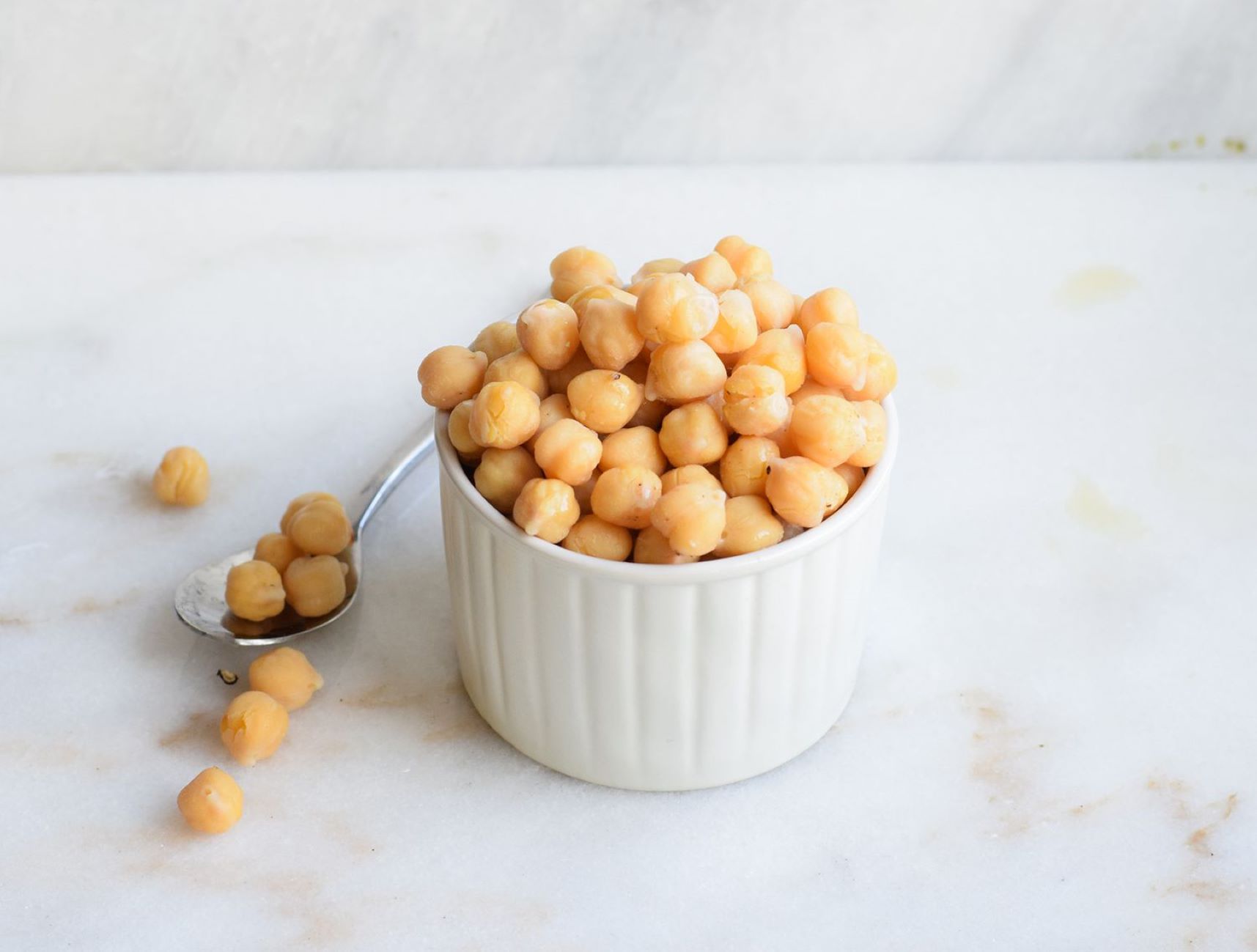

Articles
How To Store Cooked Chickpeas
Modified: August 17, 2024
Learn the best ways to store cooked chickpeas for longer freshness and convenience. Explore helpful articles on proper storage techniques and tips.
(Many of the links in this article redirect to a specific reviewed product. Your purchase of these products through affiliate links helps to generate commission for Storables.com, at no extra cost. Learn more)
Introduction
Chickpeas, also known as garbanzo beans, are versatile legumes commonly used in a variety of dishes around the world. Whether you enjoy them in salads, soups, or as a main ingredient in hummus, having cooked chickpeas on hand can save you time in your meal preparation. While canned chickpeas are convenient, cooking your chickpeas from scratch can be more cost-effective and allow you to customize the flavor and texture to your liking.
But what if you cook more chickpeas than you need for a single meal? Storing cooked chickpeas properly is key to preserving their freshness, flavor, and texture. In this article, we will explore the benefits of storing cooked chickpeas and provide you with step-by-step instructions on how to store them in the refrigerator or freezer.
Benefits of Storing Cooked Chickpeas
There are several advantages to storing cooked chickpeas:
- Convenience: Having cooked chickpeas readily available in your fridge or freezer can save you time and effort when preparing meals.
- Cost-saving: Buying dried chickpeas in bulk and cooking them yourself not only saves money but also decreases packaging waste.
- Customization: By cooking your own chickpeas, you can control the level of tenderness and flavor, ensuring they are perfect for your recipes.
- Health benefits: Chickpeas are a nutritious source of fiber, protein, and various vitamins and minerals. By storing cooked chickpeas, you can incorporate them into a range of dishes to boost your nutritional intake.
Now that we understand the benefits of storing cooked chickpeas, let’s dive into the steps on how to store them properly.
Key Takeaways:
- Storing cooked chickpeas offers convenience, cost-saving, customization, and health benefits. Proper cooling, packaging, and storage in the fridge or freezer ensure their freshness and quality for future use.
- To store cooked chickpeas, cool, drain, dry, and package them properly. Label and date containers, and use within 3-4 days in the fridge or up to 3-4 months in the freezer. Thaw, reheat, and enjoy in various recipes.
Read more: How To Store Chickpeas
Benefits of Storing Cooked Chickpeas
Storing cooked chickpeas can be a game-changer in your kitchen. Whether you cook up a large batch or simply have leftovers from a meal, storing cooked chickpeas properly ensures their quality and extends their shelf life. Here are some compelling reasons to store cooked chickpeas:
- Convenience: When you have cooked chickpeas on hand, you can quickly whip up a nutritious meal without the need for lengthy cooking times. They can be easily incorporated into salads, soups, stews, or even mashed to make hummus.
- Cost-saving: Buying dried chickpeas in bulk and cooking them yourself is more economical compared to purchasing canned ones. By storing cooked chickpeas, you can maximize your investment and reduce the need for frequent grocery store runs.
- Customization: Cooking your own chickpeas allows you to control the level of tenderness and flavor. You can experiment with different cooking methods and seasonings to create chickpeas that perfectly complement your recipes.
- Health benefits: Chickpeas are nutritional powerhouses, packed with dietary fiber, protein, and essential vitamins and minerals. By having cooked chickpeas readily available, you can easily incorporate them into your diet to reap their health benefits.
- Dietary restrictions: Storing cooked chickpeas is particularly advantageous for individuals with dietary restrictions or specific dietary preferences. By cooking and storing your own chickpeas, you can ensure they are made without any unwanted additives or ingredients.
Overall, storing cooked chickpeas not only saves you time and money but also allows you to enjoy the numerous benefits these legumes offer. Now, let’s move on to the step-by-step process of how to store cooked chickpeas properly.
Step 1: Cooling the Chickpeas
After cooking your chickpeas, it’s important to cool them down properly before storing. Here’s how:
- Drain the cooked chickpeas: Once the chickpeas are cooked to your desired tenderness, drain them in a colander to remove any excess cooking liquid. Shake the colander gently to ensure that all the liquid is drained.
- Rinse with cold water: Rinse the cooked chickpeas under cold water to cool them down quickly and stop the cooking process. This will help to maintain their texture and prevent them from becoming mushy.
- Allow them to air dry: Once rinsed, leave the chickpeas in the colander or spread them out on a clean kitchen towel or paper towel. Let them air dry for about 10-15 minutes to remove any excess moisture.
- Gently pat dry: If there is still some moisture on the chickpeas, use a clean kitchen towel or paper towel to gently pat them dry. Ensure they are completely dry before proceeding to the next step.
By cooling the chickpeas properly, you prevent them from becoming mushy and help maintain their texture when stored. Now that the chickpeas are cooled and dried, let’s move on to the next step – draining and drying the chickpeas.
Step 2: Draining and Drying the Chickpeas
Properly draining and drying the chickpeas is essential to prevent them from becoming mushy or developing a slimy texture while stored. Follow these steps to ensure your chickpeas are ready for storage:
- Transfer the cooled chickpeas: Transfer the cooled and dried chickpeas from the colander to a clean bowl or a clean kitchen towel. Make sure the container or towel is dry to prevent any moisture from being absorbed back into the chickpeas.
- Gently pat them dry: If there is any remaining moisture on the chickpeas, use a clean kitchen towel or paper towel to gently pat them dry. Avoid rubbing the chickpeas vigorously, as this can damage their texture.
- Air drying: Allow the chickpeas to air dry for about 10-15 minutes. This will further remove any moisture and ensure they are completely dry before packaging and storing.
It’s important to remove excess moisture from the chickpeas to prevent them from becoming mushy or developing mold during storage. Once the chickpeas are drained and dried, we can move on to the next step: packaging.
Step 3: Packaging the Chickpeas
Proper packaging is crucial to maintain the quality and freshness of cooked chickpeas during storage. Follow these steps to package your chickpeas effectively:
- Select a suitable container: Choose an airtight container or resealable freezer bag for storing the chickpeas. Make sure the container is clean and dry to prevent any contamination or moisture buildup.
- Portion the chickpeas: Divide the cooked chickpeas into smaller portions based on your anticipated usage. This will allow you to thaw only the amount you need without having to defrost the entire batch.
- Add seasoning (optional): If desired, you can add seasonings or spices to the chickpeas before packaging them. This will infuse extra flavor into the chickpeas and make them ready for use in specific recipes.
- Seal the container: Ensure the container is tightly sealed or the freezer bag is securely closed to prevent air and moisture from entering, which can lead to freezer burn or loss of freshness.
By properly packaging the chickpeas, you create a protective barrier that helps retain their flavor, texture, and quality. With the chickpeas securely packaged, we’ll move on to the next step: storing them in the refrigerator or freezer.
Store cooked chickpeas in an airtight container in the refrigerator for up to 3-4 days. You can also freeze them for up to 3 months in a freezer-safe container or bag.
Read more: How To Store Roasted Chickpeas
Step 4: Storing in the Refrigerator
If you plan to use your cooked chickpeas within a few days, storing them in the refrigerator is a convenient option. Follow these steps to store your chickpeas in the fridge:
- Label the container: Before placing the chickpeas in the refrigerator, it’s a good practice to label the container with the date. This will help you keep track of their freshness and ensure you use them within a reasonable time frame.
- Store at the proper temperature: Place the sealed container of chickpeas in the refrigerator at a temperature of 40°F (4°C) or below. This temperature range helps maintain their quality and prevents the growth of harmful bacteria.
- Position in the refrigerator: Store the chickpeas in a designated area of your refrigerator, such as on a shelf or in the crisper drawer. This will prevent them from getting crushed or damaged by other items.
- Use within 3-4 days: Cooked chickpeas stored in the refrigerator should be used within 3-4 days to ensure they remain fresh and safe to consume. Beyond this timeframe, their quality may start to deteriorate.
Storing chickpeas in the refrigerator provides convenient access for incorporating them into various recipes throughout the week. Remember to use them within the recommended time frame to maintain their flavor and freshness.
Step 5: Freezing the Chickpeas
If you want to extend the storage time of your cooked chickpeas beyond a few days, freezing them is an excellent option. Follow these steps to freeze your chickpeas:
- Label and package: Label your freezer-safe container or resealable freezer bag with the date. Portion the cooked chickpeas into suitable serving sizes or based on your preference.
- Remove excess air: If using a freezer bag, squeeze out as much air as possible before sealing. This helps prevent freezer burn and maintains the quality of the chickpeas.
- Seal properly: Ensure that the container or freezer bag is tightly sealed to prevent any air or moisture from entering.
- Freeze flat: If using a freezer bag, lay it flat in the freezer to allow the chickpeas to freeze in a uniform shape and make it easier to stack or store in limited freezer space.
- Store at a consistent temperature: Place the chickpeas in the freezer where the temperature remains constant at 0°F (-18°C) or below. This preserves the freshness and extends the shelf life of the chickpeas.
- Use within 3-4 months: Cooked chickpeas stored in the freezer can be safely consumed for up to 3-4 months. While they may still be edible beyond this time, their quality and taste may gradually decrease.
Freezing chickpeas is an excellent way to have a readily available supply for future use. Whether you want to add them to soups, stews, or salads, having frozen chickpeas on hand can make meal preparation a breeze.
Step 6: Reheating and Using the Stored Chickpeas
Once you’re ready to use your stored cooked chickpeas, follow these steps to reheat and incorporate them into your dishes:
- Thawing frozen chickpeas: If you have frozen chickpeas, you’ll need to thaw them before using. There are two methods for thawing:
- Overnight in the refrigerator: Transfer the container or freezer bag of chickpeas from the freezer to the refrigerator and let them thaw overnight.
- Quick thawing: Place the chickpeas in a sealed bag and submerge them in a bowl of cold water. Change the water every 30 minutes until the chickpeas are thawed.
- Reheating: To reheat the cooked chickpeas, you have a few options:
- Stovetop: Transfer the chickpeas to a saucepan and heat them over medium heat, stirring occasionally, until they are warmed through.
- Microwave: Place the chickpeas in a microwave-safe dish and heat them in 30-second intervals, stirring in between, until they are heated to your desired temperature.
- Incorporate into recipes: Once the chickpeas are reheated, they are ready to be used in your favorite recipes. Add them to salads, soups, stews, or use them as a topping for roasted vegetables or grain bowls.
- Experiment with flavors: When using the stored chickpeas, feel free to experiment with different spices, seasonings, or sauces to add extra flavor and enhance the taste of your dishes.
By following these steps, you can enjoy the convenience of having cooked chickpeas ready to use in various recipes. Whether you’re preparing a quick weeknight meal or trying out a new culinary creation, the stored chickpeas will add a nutritious and delicious element to your dishes.
Tips for Storing Cooked Chickpeas
To ensure the best quality and longevity of your stored cooked chickpeas, keep these tips in mind:
- Cool the chickpeas properly: Allow the cooked chickpeas to cool completely before storing. This prevents condensation and moisture buildup, which can lead to spoilage.
- Use airtight containers or freezer bags: Opt for containers or bags that provide a tight seal to prevent air and moisture from entering. This helps maintain the freshness and texture of the chickpeas.
- Label and date your storage containers: Clearly label the containers or bags with the date of storage. This ensures that you can keep track of their freshness and use them within a reasonable time frame.
- Portion the chickpeas: Divide the cooked chickpeas into smaller portions based on your anticipated usage. This way, you can thaw only the amount needed for a recipe, reducing food waste.
- Avoid overcooking: Cook the chickpeas until they are tender but still firm. Overcooked chickpeas tend to become mushy when stored, affecting their texture when used in recipes.
- Store in the coldest part of the refrigerator: Place the chickpeas in the coldest part of your refrigerator, such as the back or lower shelves, where the temperature is more consistent.
- Rotate and use older batches first: If you have multiple batches of stored cooked chickpeas, prioritize using the older ones first to maintain freshness.
- Label and date frozen chickpeas: Ensure that frozen chickpeas are labeled with the date of freezing. This helps you keep track of the storage duration and maintain quality.
- Thaw frozen chickpeas safely: Thaw frozen chickpeas in the refrigerator overnight or use the quick thawing method in cold water. Avoid thawing at room temperature to prevent bacterial growth.
- Reheat gently: When reheating cooked chickpeas, do so gently to avoid overcooking or making them too soft. This will help retain their texture for use in various dishes.
By following these tips, you can ensure that your stored cooked chickpeas maintain their quality, flavor, and nutritional value. Enjoy the convenience of always having chickpeas on hand to enhance your meals with their delicious and nutritious goodness.
Frequently Asked Questions about How To Store Cooked Chickpeas
Was this page helpful?
At Storables.com, we guarantee accurate and reliable information. Our content, validated by Expert Board Contributors, is crafted following stringent Editorial Policies. We're committed to providing you with well-researched, expert-backed insights for all your informational needs.
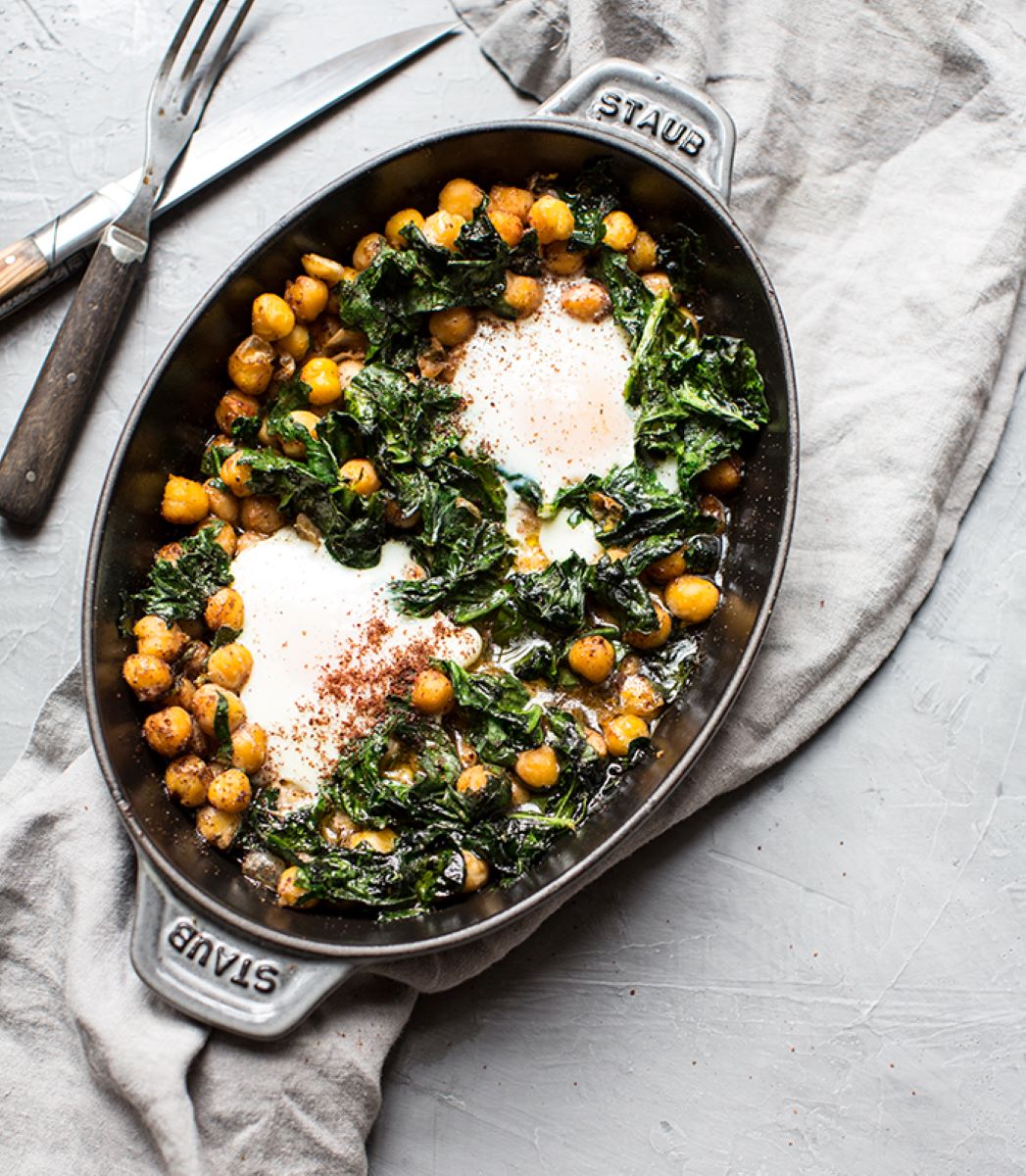
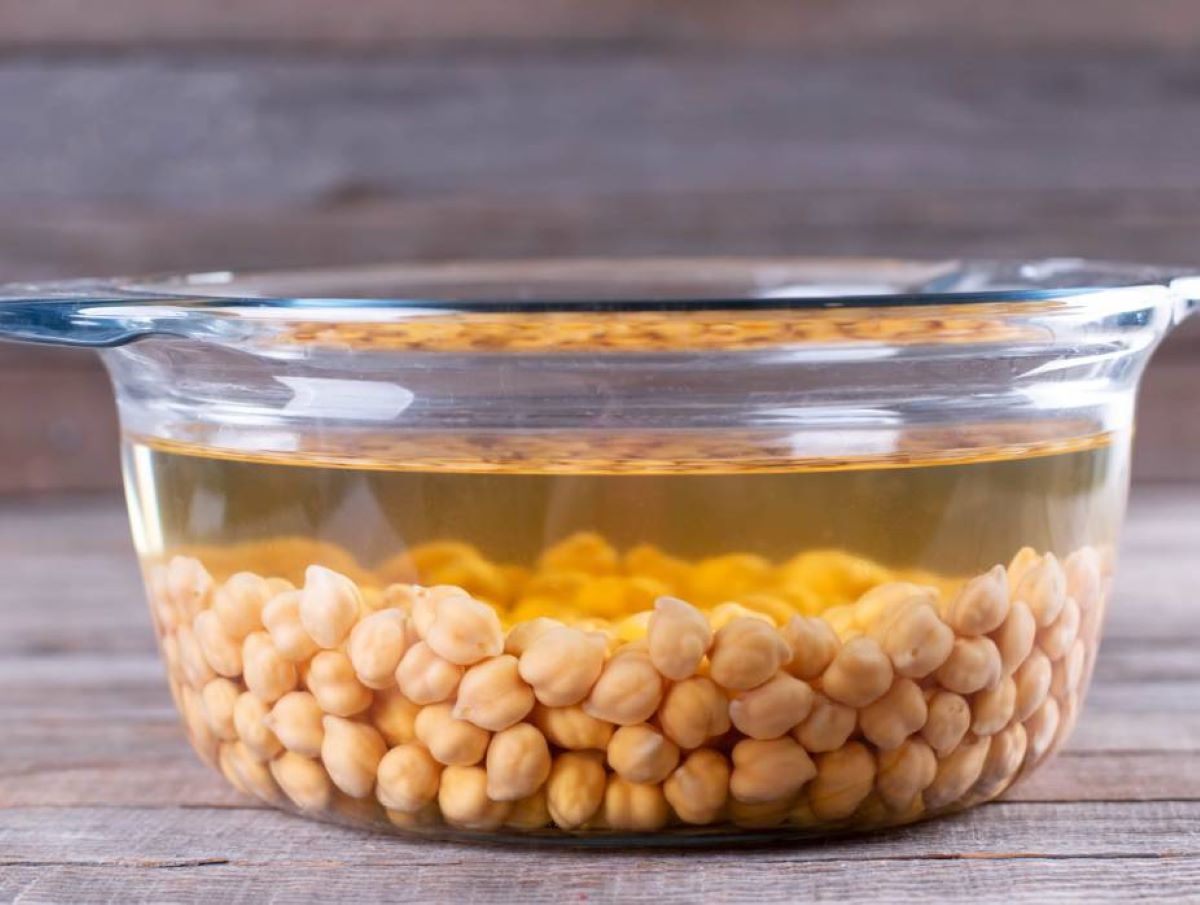
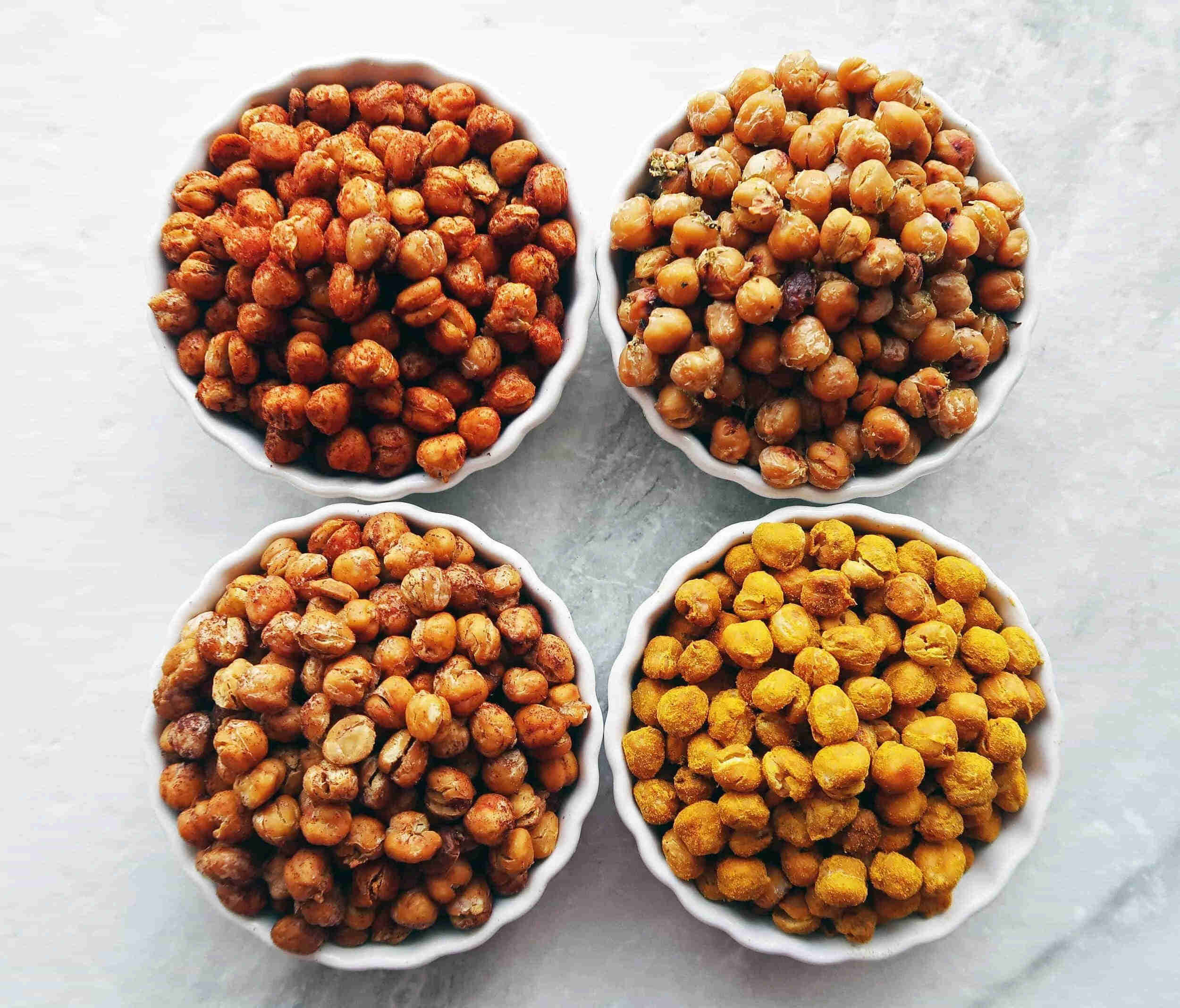
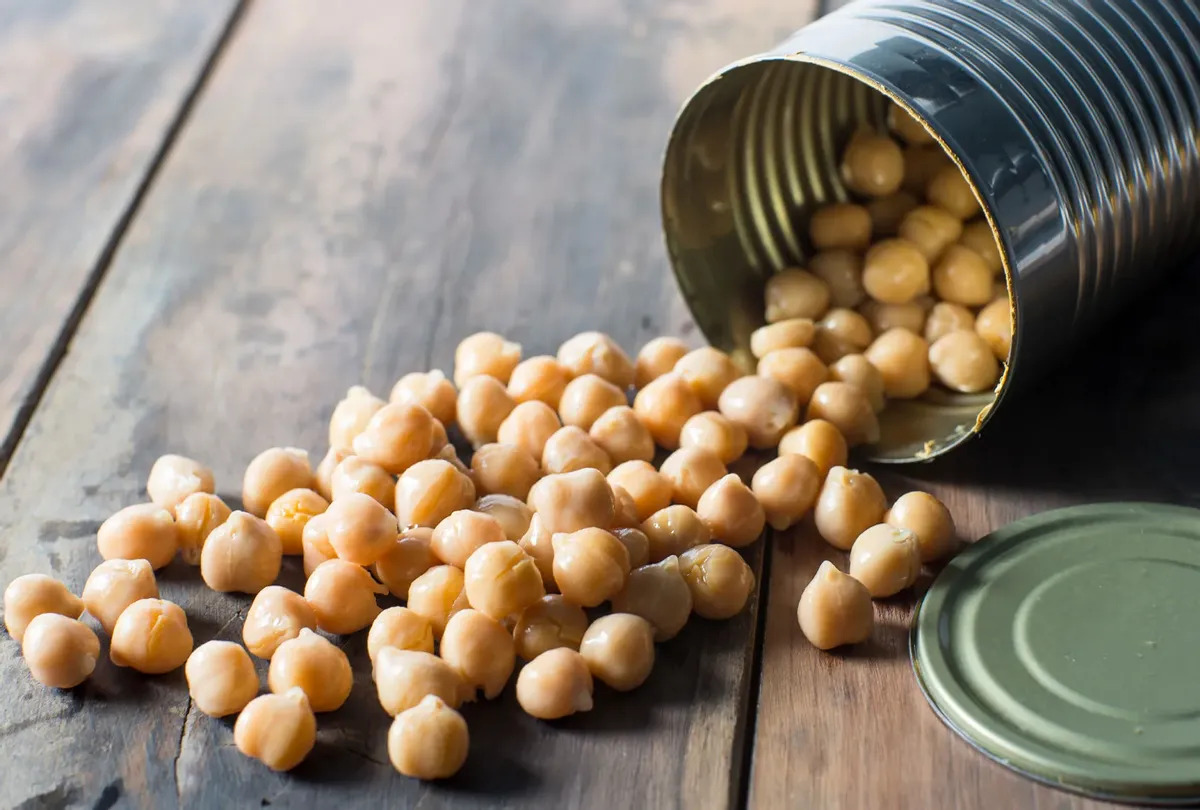
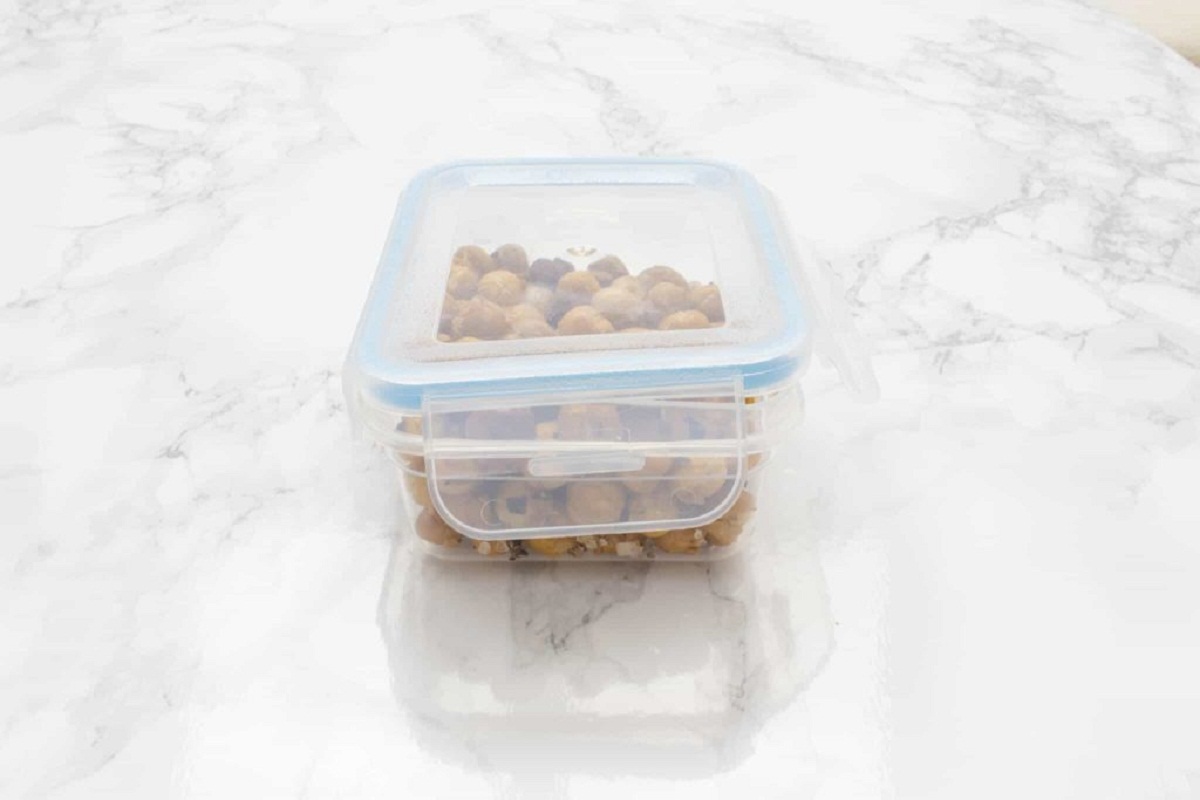
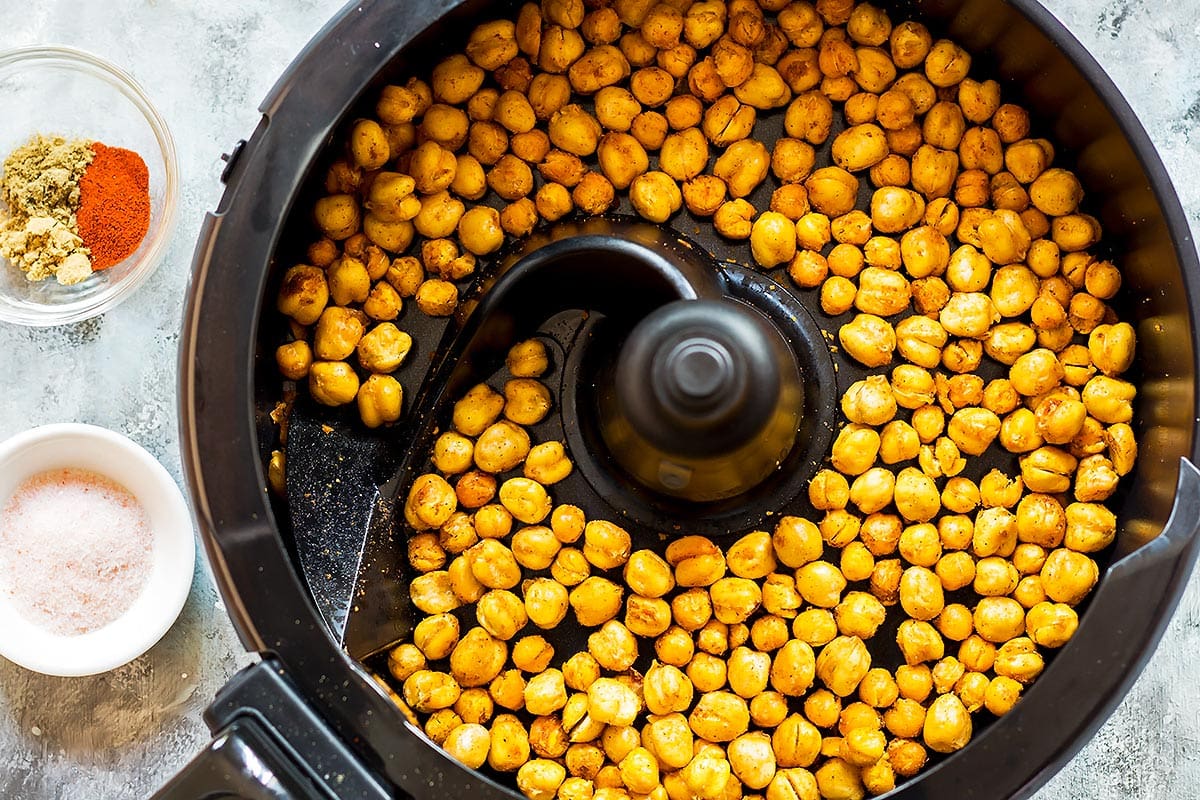
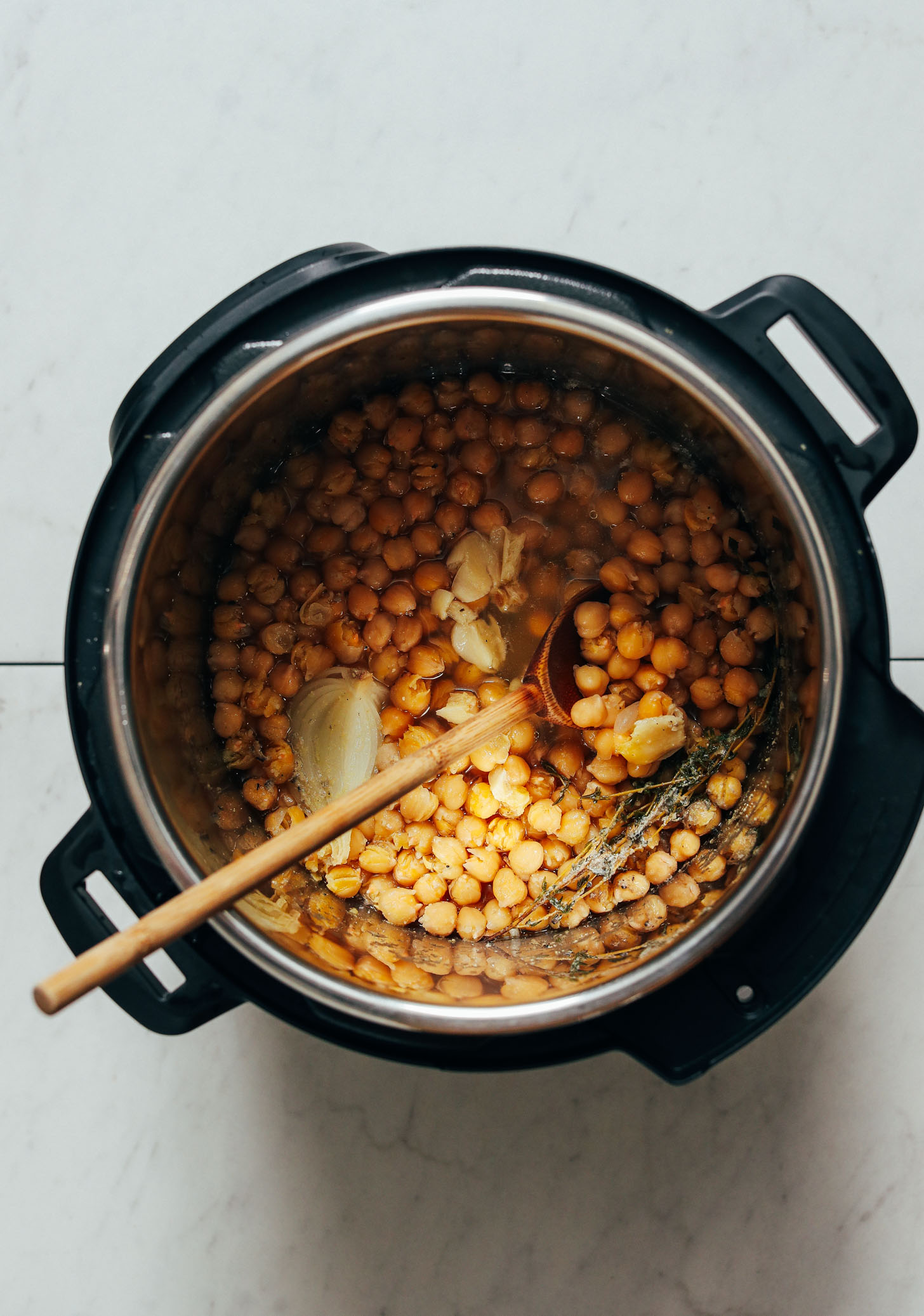
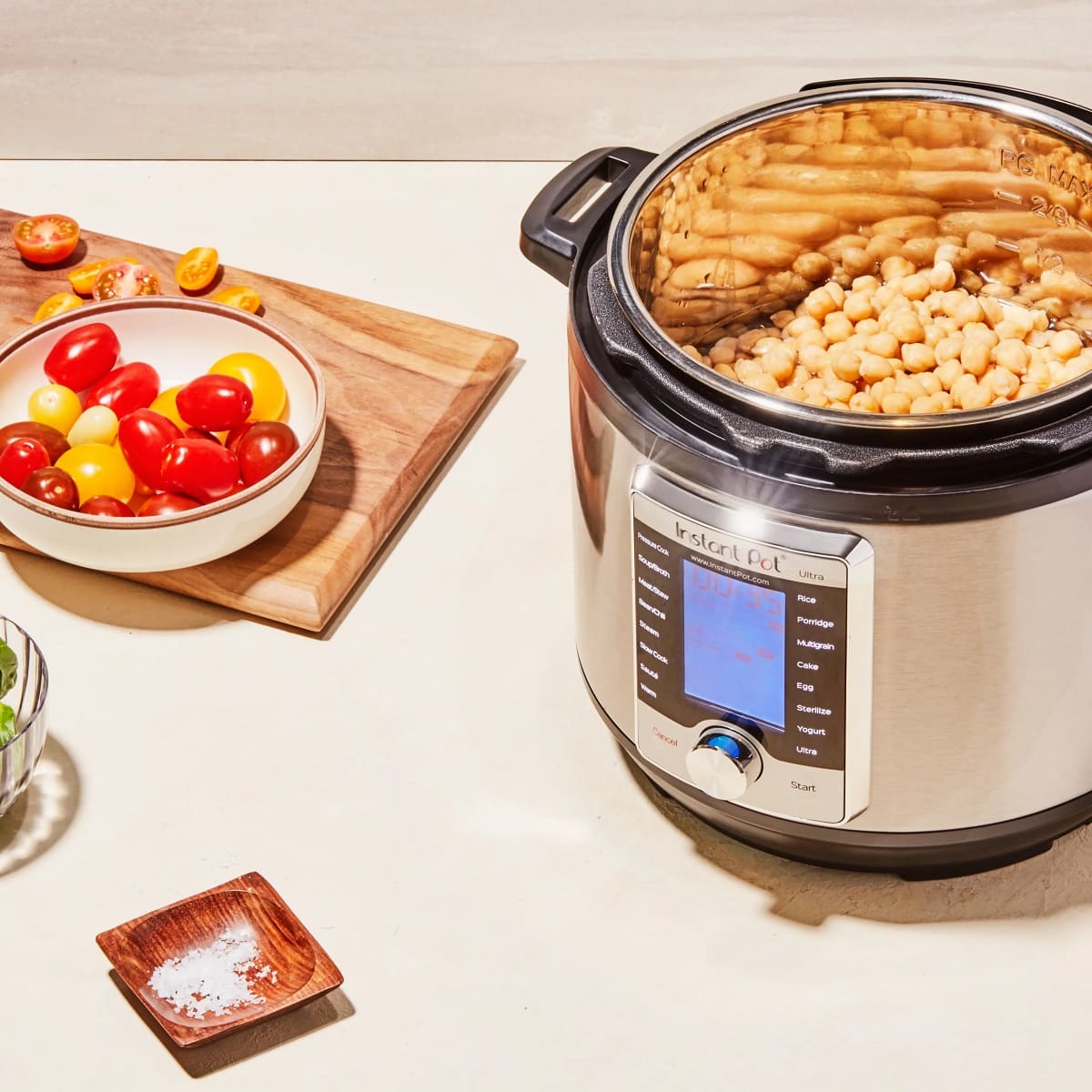
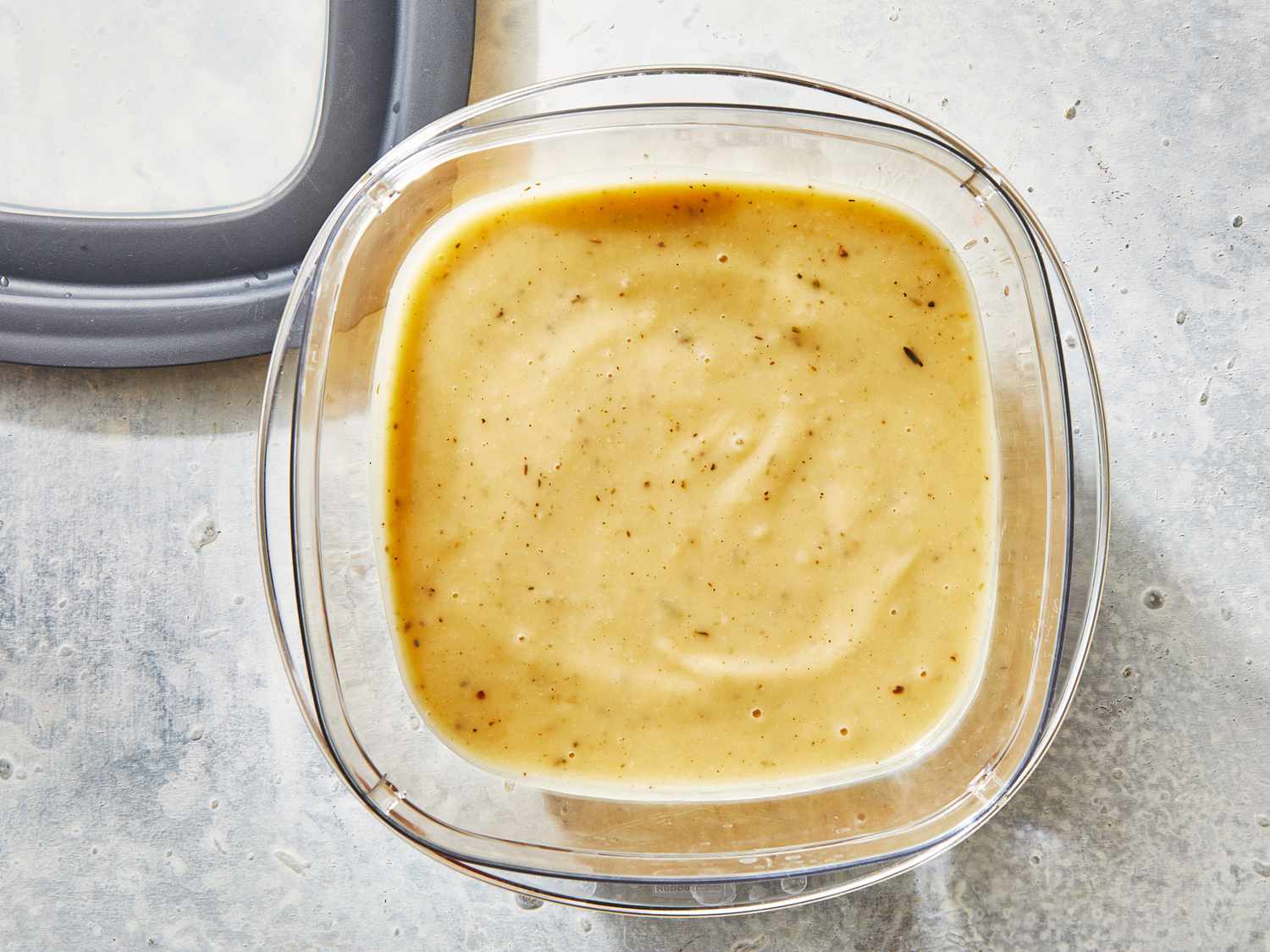
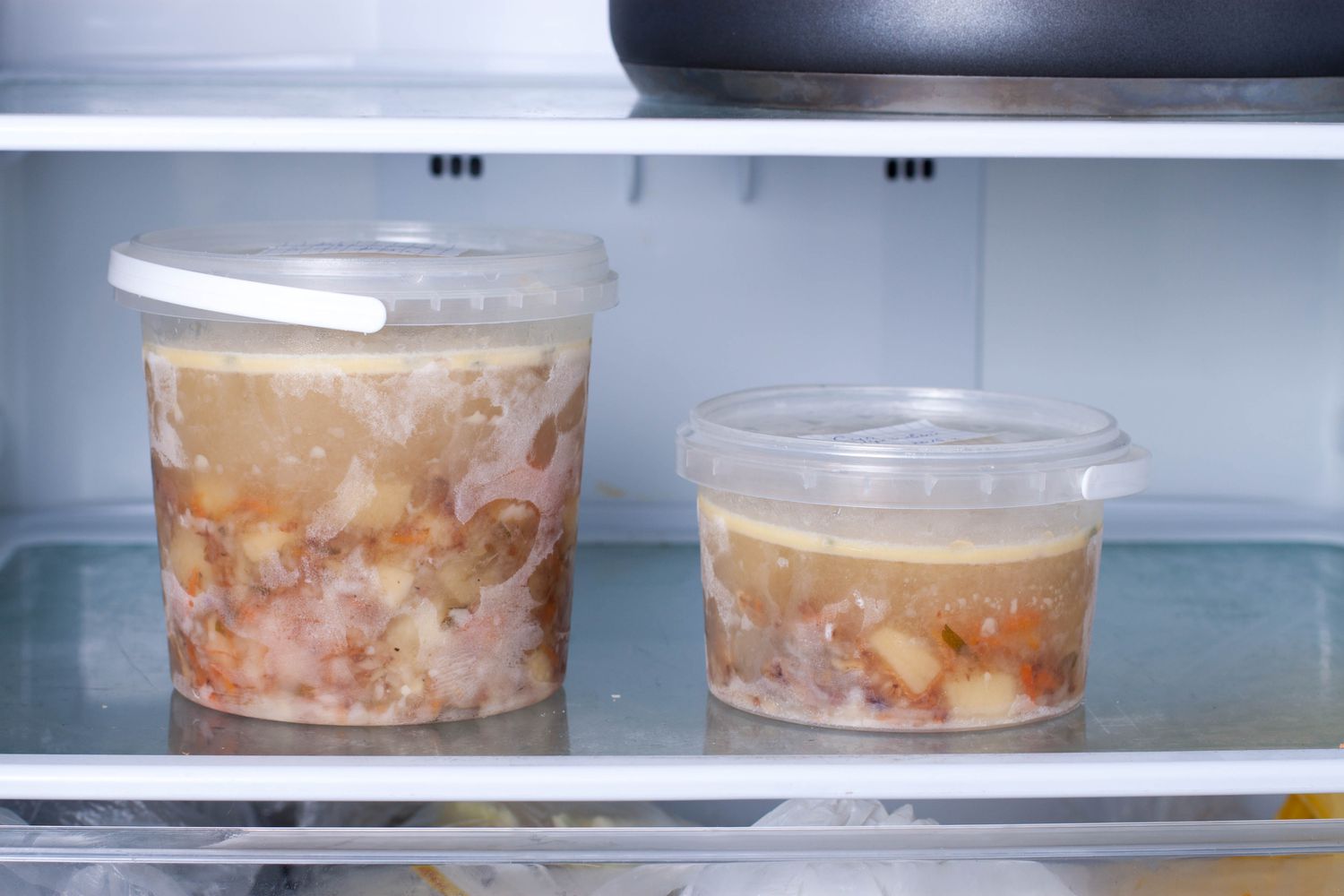
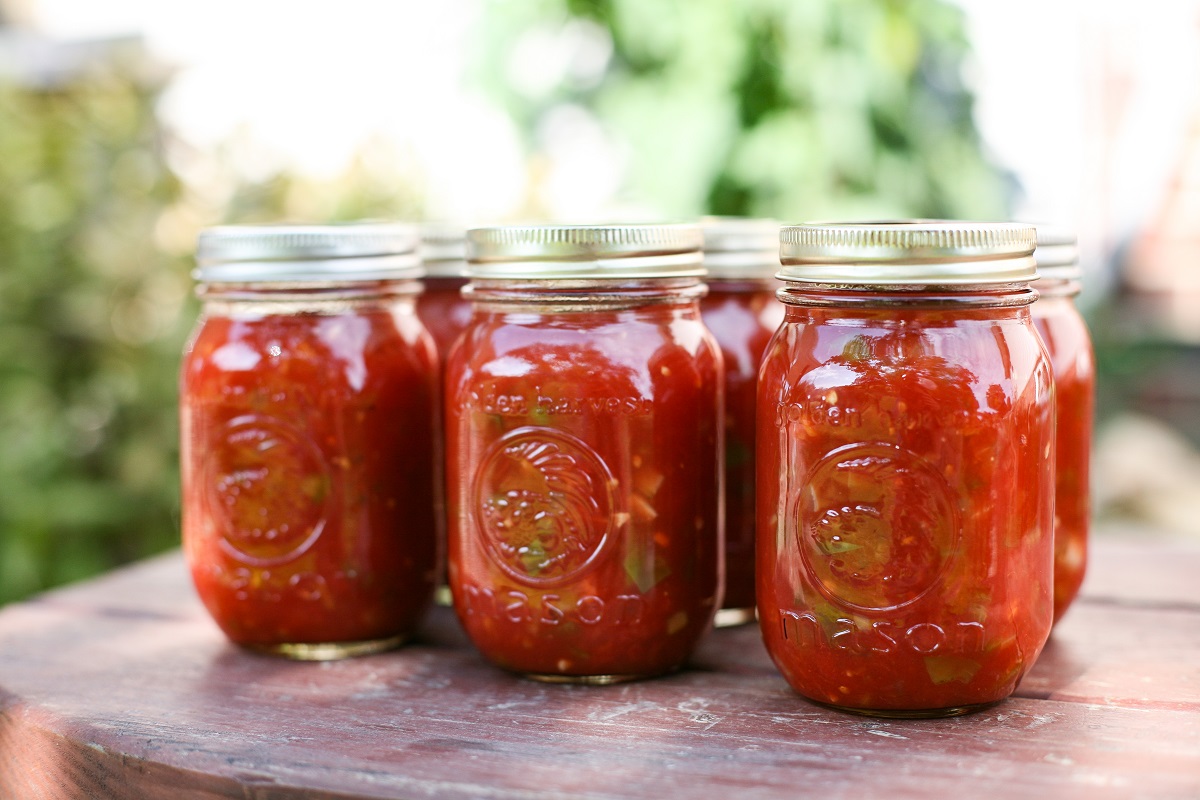
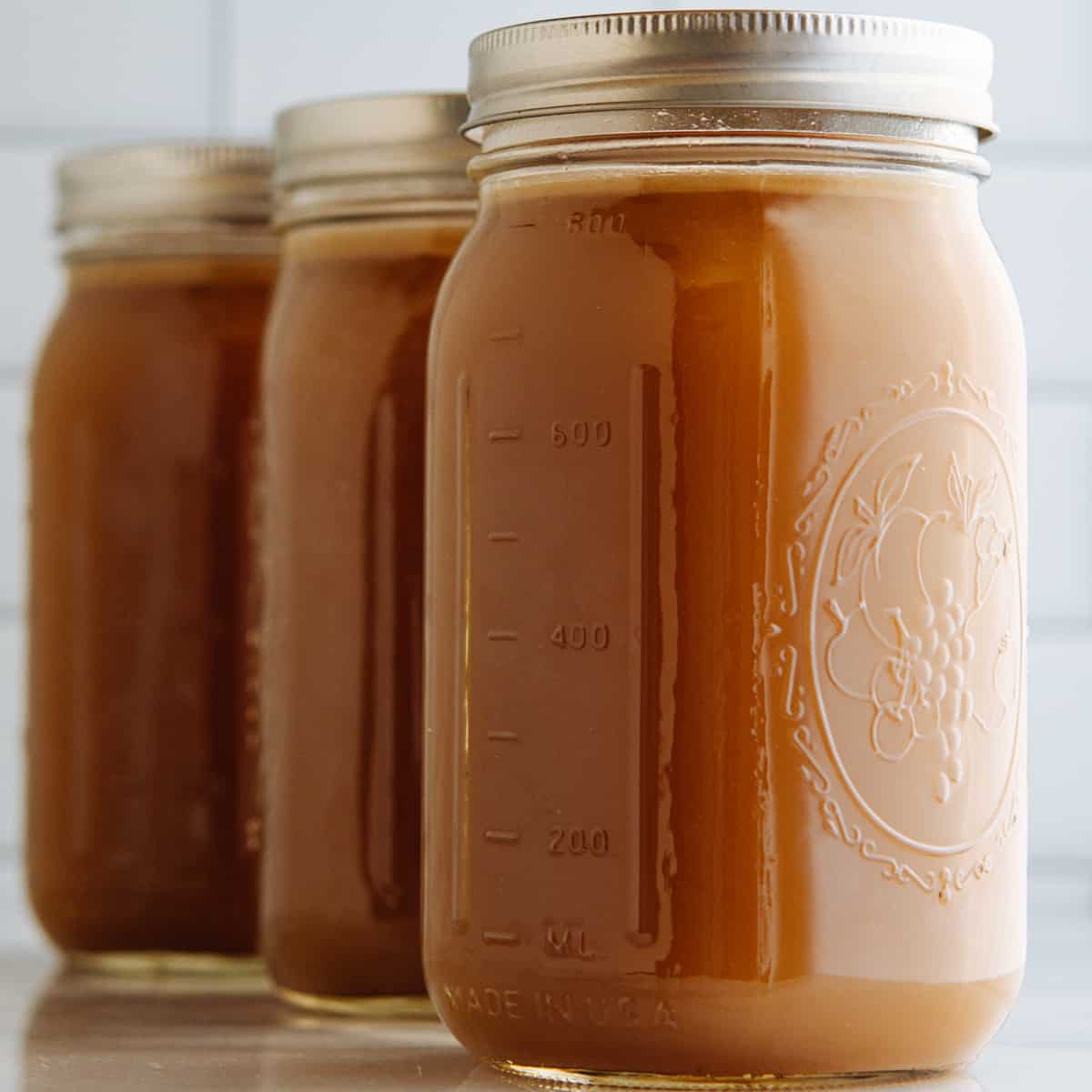
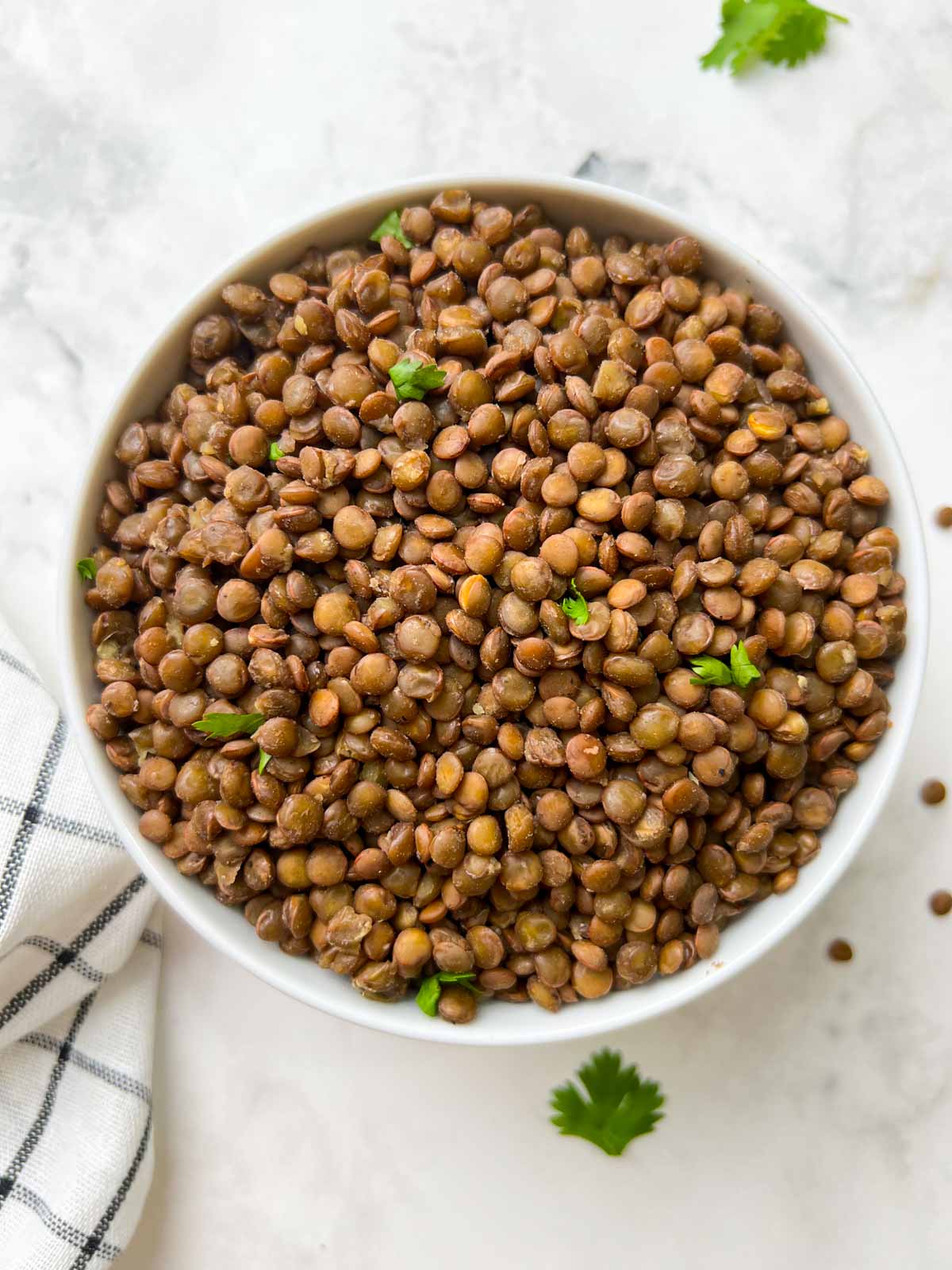


0 thoughts on “How To Store Cooked Chickpeas”